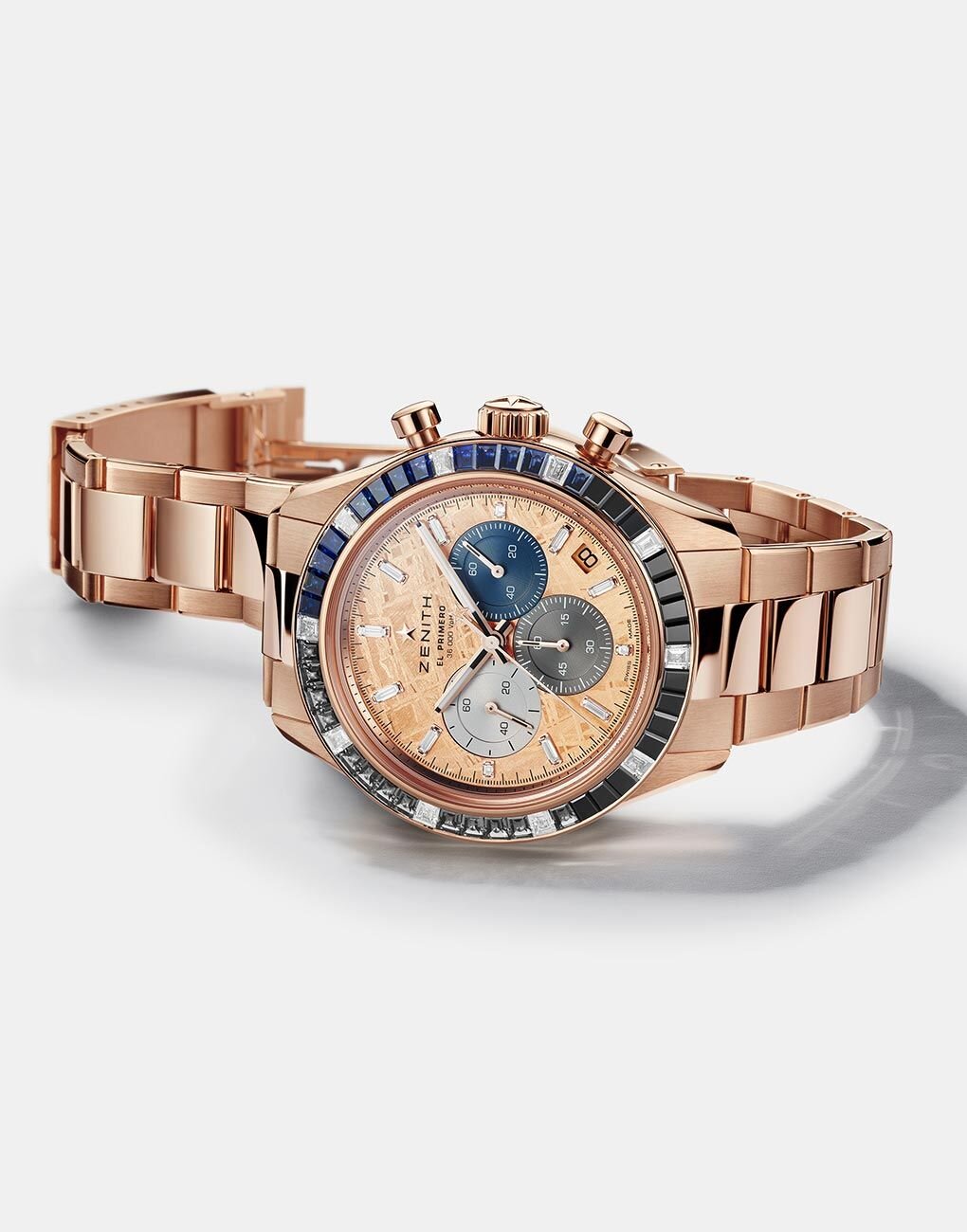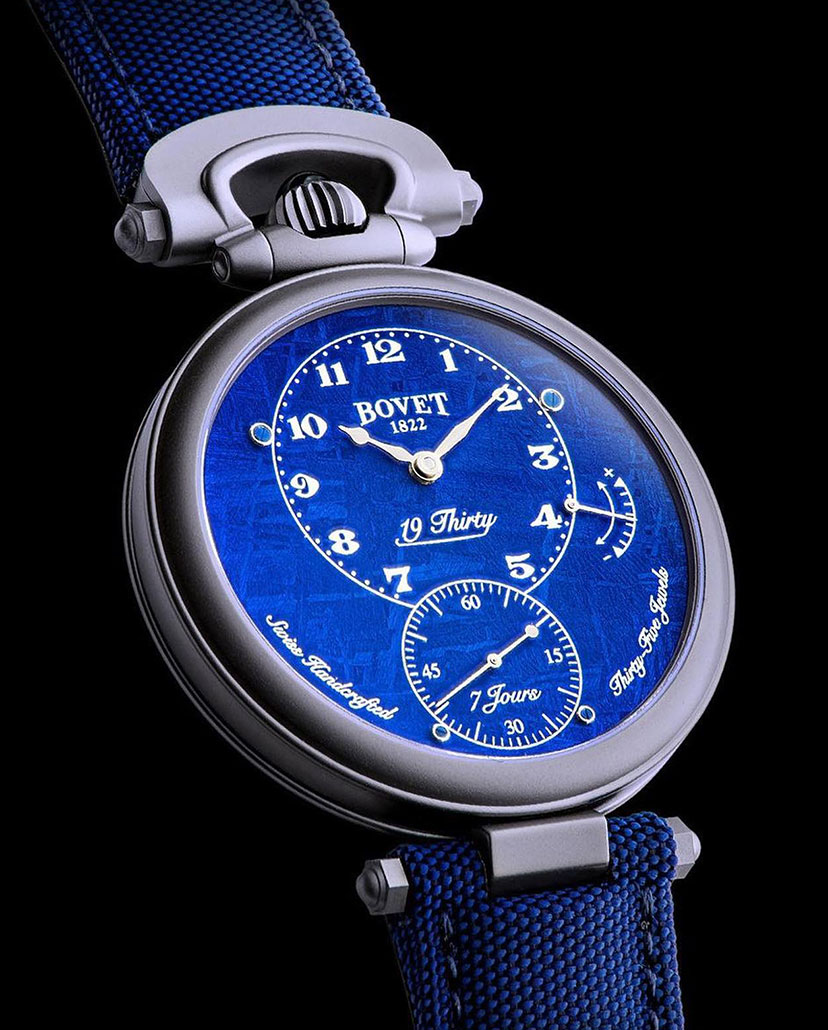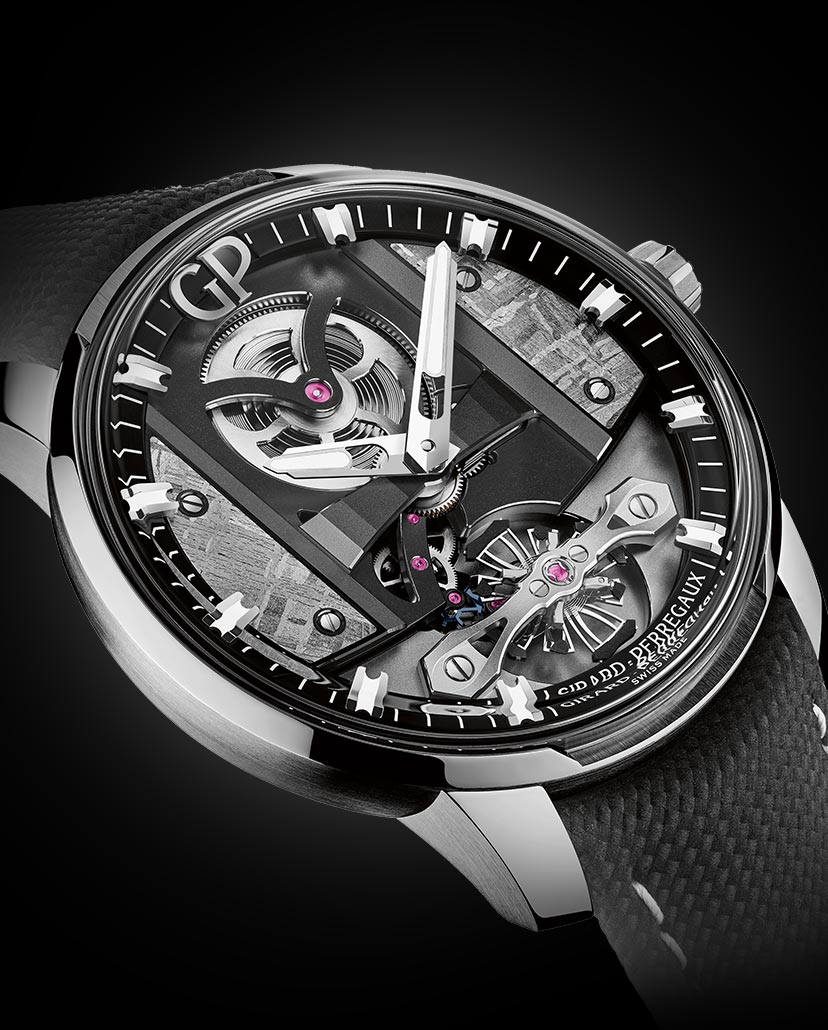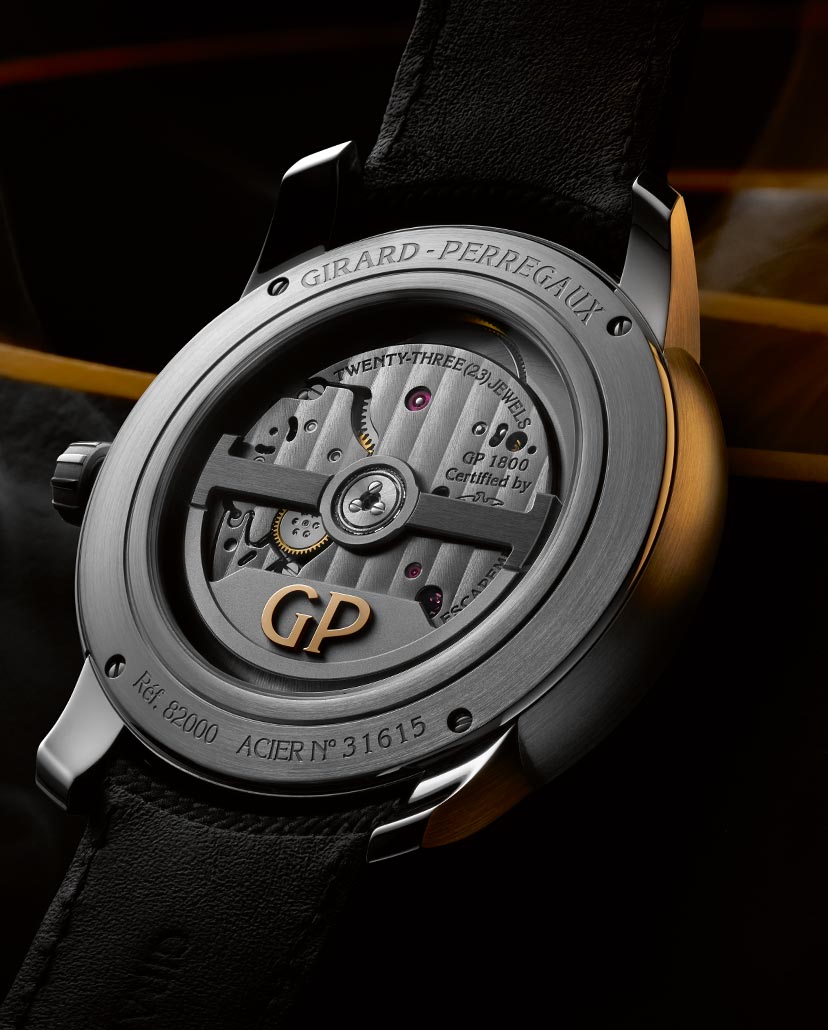Round-UpThe ‘X’ Factor Of Meteorite Dials
A list of mechanical watches that have incorporated a shard of meteorite into their dial to achieve minimalistic design with an aura of rarity
May We Recommend
Fragments of meteorites look no different than ordinary rocks, boulders, or stones do. What elevates their identity is the fact that they once belonged to a flying comet, asteroid, or meteoroid and it was only a massive combustion that sent them hurtling towards Earth, where they landed quite charred, their fiery avatar lost forever. For us earthlings, however, by the principle of ‘glass half-full’, we can give this melancholic ending a positive spin, by looking at meteorites as heavenly bodies that rained down on Earth after a beautiful cosmic happenstance. And that one should feel privileged to own or gift just a shard of this galactical fragment, as their value exceeds that of precious diamonds, that are found right here on our planet. While the use of meteorite and their fragments on the watch dials isn’t a new phenomenon, here are top recent timepieces that incorporate this outerspace debris in their dial design to achieve an aura of rarity that appeases watch collectors and connoisseurs alike.
Arnold & Son Luna Magna Red Gold Meteorite
Arnold & Son offer you what is reportedly the biggest moon on a wristwatch, with the Luna Magna Red Gold Meteorite. Its polished 5N red gold case, measuring 44mm, cradles a blue meteorite dial, with the moon made from matching meteorite and milky-white common opal (cacholong), placed next to the off-centred timekeeping. The clear white moon is paired with the abstract pattern of a PVD-treated meteorite surface, framed within red gold, which serves as the shadow of the moon. This watch aspires to recreate the night sky illuminated by a crescent moon. The openworked caseback displays the in-house A&S1021 calibre. Following the lunar cycle of 29 days, 12 hours, 44 minutes and 2.8 seconds, the movement accurately tracks the waxing, waning and all the moon’s other phases accurately for 122 years.

Bovet 19Thirty Blue Meteorite
The Bovet 19Thirty Blue Meteorite alias ‘Slice of Heaven’, is etched from Gibeon meteorite, estimated to be 4.5 billion years old, and coated in deep blue PVD. In contrast to the guilloche models of the 19Thirty series, the Blue Meteorite model has a unique powdery blue surface, showcasing the abstract Widmanstätten pattern; a result of the meteorite is sculpted using nitric acid. Last year, after the Namibian government discovered this interplanetary substance in its jurisdiction and established monopoly over it by declaring it as national treasure, the value of this 19Thirty Bovet model shot up instantly. For a clean, legible time read, all dial markings, from the hour markers to the outlines of sub-dials, are in a contrasting white hue.
Corum Admiral 42mm
Corum have unveiled a slew of Admiral 42mm iterations, among which feature two meteorite dials in natural grey and tinted blue, like day and night, textured in the classic Widmanstätten pattern. The Swiss maison first made history in 1986 with the launch of their first meteorite watches. This year, they are revisiting a four-billion-year-old meteorite found in Sweden and infused it into the dials of the new Admiral 42 quartet. Just like their predecessors, the new Corum iterations have feature design signatures such as dodecagonal bezel and 12 nautical pennants for hour markers. The 12 nautical flags are placed on the dial as indexes, whereas skeletonised dauphine hands serve the time-telling function. All the four watches with meteorite dials come secured to stainless-steel interhorn bracelets with triple-blade folding clasp. The watches offer upto 100m water resistance and are equipped with the Calibre CO 395—an automatic winding movement upto a 42-hour power reserve.
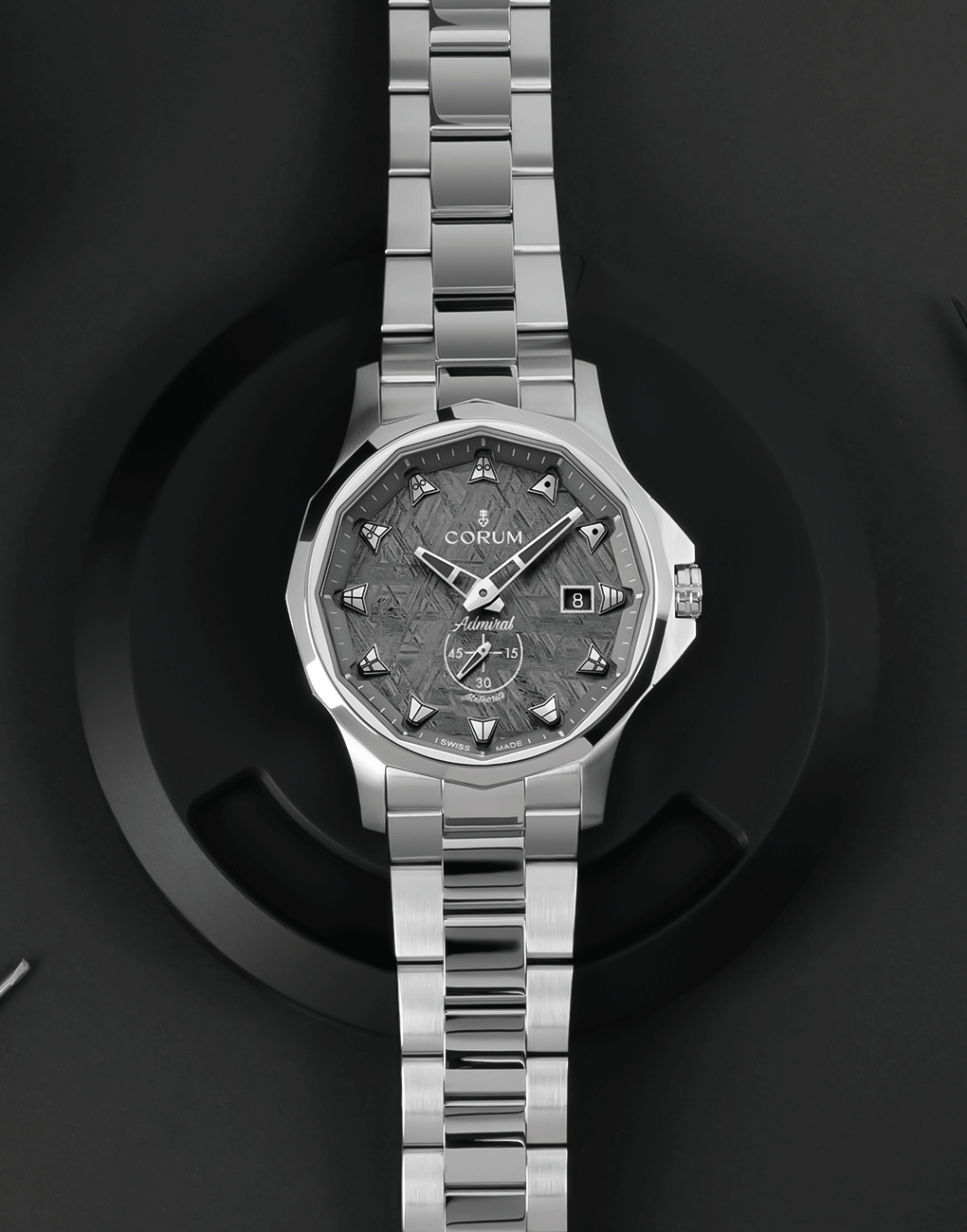
Czapek & Cie Antarctique Green Meteor
Czapek & Cie breaks from the usual roster of soothing stone-cold grey meteorite watches with their latest release, the Antarctique Green Meteor timepiece. The 40.5mm stainless steel case cradles a textured dial fashioned entirely from the Gibeon meteorite that landed in Namibia, approximately 600 million years ago. This meteorite comprises iron-nickel alloy with good quantities of cobalt and phosphorus. After acquisition, the meteorite was acid-washed and polished by the brand to prominently highlight its naturally textured surface rife with Widmanstätten pattern. To make it intriguing, the originally grey Gibeon meteorite was given a dark green lacquer. Depending on how light hits the surface, textured with crystalline patterns, the green changes in tone according to the light and shadows produced. For a subtle bicolour imagery, all the timekeeping elements over the green dial are in grey. This includes, the sword-shaped hour and minute hands, with a long, red-tipped seconds hand, trapezoid indexes, and the brand logo. Lending a 70s sporty chic avatar to the watch is a stainless steel integrated bracelet.

Frederique Constant Classic Tourbillon Meteorite Manufacture
This Classic Tourbillon Meteorite is one of the two Frederique Constant watches for which the brand have turned to the celestial for the dial, using intergalactic shards discovered at a Gibeon village in Namibia. The second watch, another 2023 launch, is the Classic Power Reserve Big Date Manufacture showcasing a meteorite dial in blue with big date aperture, moon phase, and the (50-hour) power reserve indicator. Limited to just 35 pieces, the grey-silver-hued timepiece figures among the handful of mechanical watches that combine a meteorite dial with platinum case, seamlessly marrying rough textures with satiny-smooth sheen. Fitted into a circular cut-out at six o’clock is the in-house manufacture tourbillion with the cage itself constructed using 81 parts. Visible through the gaps in the tourbillon bridges is the silicon escapement wheel and anchor of the FC-980 calibre that beats at 28,800vph and offers upto 38 hours of power reserve.

Girard-Perregaux Free Bridge Meteorite
The Girard-Perregaux Free Bridge Meteorite features a 44mm stainless steel case with 12.2mm thickness. The fragments come from Namibia known as the ‘Gibeon’ meteorite that seemed to have orbited the sun between Jupiter and Mars as an asteroid core and is approximately 4.5 billion years old. With two screws on either side of the fragments, pierced to secure them on the dial, the plates are then rhodium-plated to provide a protective layer that prevents the iron-rich intergalactic shard from corroding. Each piece is unique, thanks to the panels of meteorite included in them, which have a natural pattern that will not be identical between any two panels. Powered by the calibre GP01800-2085, a self-winding movement that has been inverted with bridges located on the front to reveal the balance wheel is exposed at six o’clock, and the spring barrel is positioned directly above. Offering a 54-hour power reserve, a lot of the movement’s decoration can be seen through the transparent caseback—including with côtes de Genève, bevelling, sandblasting, and snailing.
Louis Moinet Midnight Star
Noted for embedding fragments of Martian and lunar meteorites in their timepieces, Louis Moinet have implanted a shard of the rare Armanty meteorite at the hour counter of each of their Midnight Star range—a series of three chronographs inspired by travel. This shard of outerspace features a blue tint, one-of-its-kind Widmanstätten texture and high content of ferro-nickel alloy. The celestial body originally belonged to an asteroid belt that existed between the orbits of Mars and Jupiter, over a million years ago. This belt combusted into shards, many of which formed a new orbit, and in time, rained down on Earth in the form of a meteorite. The 28-piece limited run edition is available in blue, black and white dial options. Moreover, a netted textured upper dial, galactical illustrations, a star-tipped GMT hand, and other such finer details define the Louis Moinet Midnight Star.

Nivada Grenchen F77
The Nivada Grenchen F77 Meteorite features a dial made from the debris of intergalactic collisions that happen to land on Earth. Given the natural formation of rock patterns, no two dials look the same. Here, the ‘F’ and ‘7’—featured on the dial and engraved on the caseback—are styled to appear similar. The robust, lightweight Grade 5 titanium case features brushed satin and polished finishes, have screw down crowns and a protective double-domed sapphire crystal.

Omega Constellation
For a collection that’s been inspired by the precise movement of the stars, the new Omega Constellation meteorite dials perfectly complement the theme with their stellar designs. For these dials, Omega have chosen the Muonionalusta meteorite—which at over 4.5bn years old, is probably the oldest known meteorite on Earth. The brand have incorporated this under four different sizes: 41mm and 29mm (automatic); 28mm and 25mm (quartz). Each size has five different versions, including one watch in Moonshine gold and one in Sedna gold under each category; thereby totalling 20 timepieces—making one clearly spoilt for choice! The Swiss luxury player has created resplendent meteorite dials for their Constellation models—a befitting tribute to the celestial world. These magnificent dials are formed from a genuine piece of iron meteorite with galvanic colour treatment—an advanced technology resulting in different hues for the various references.
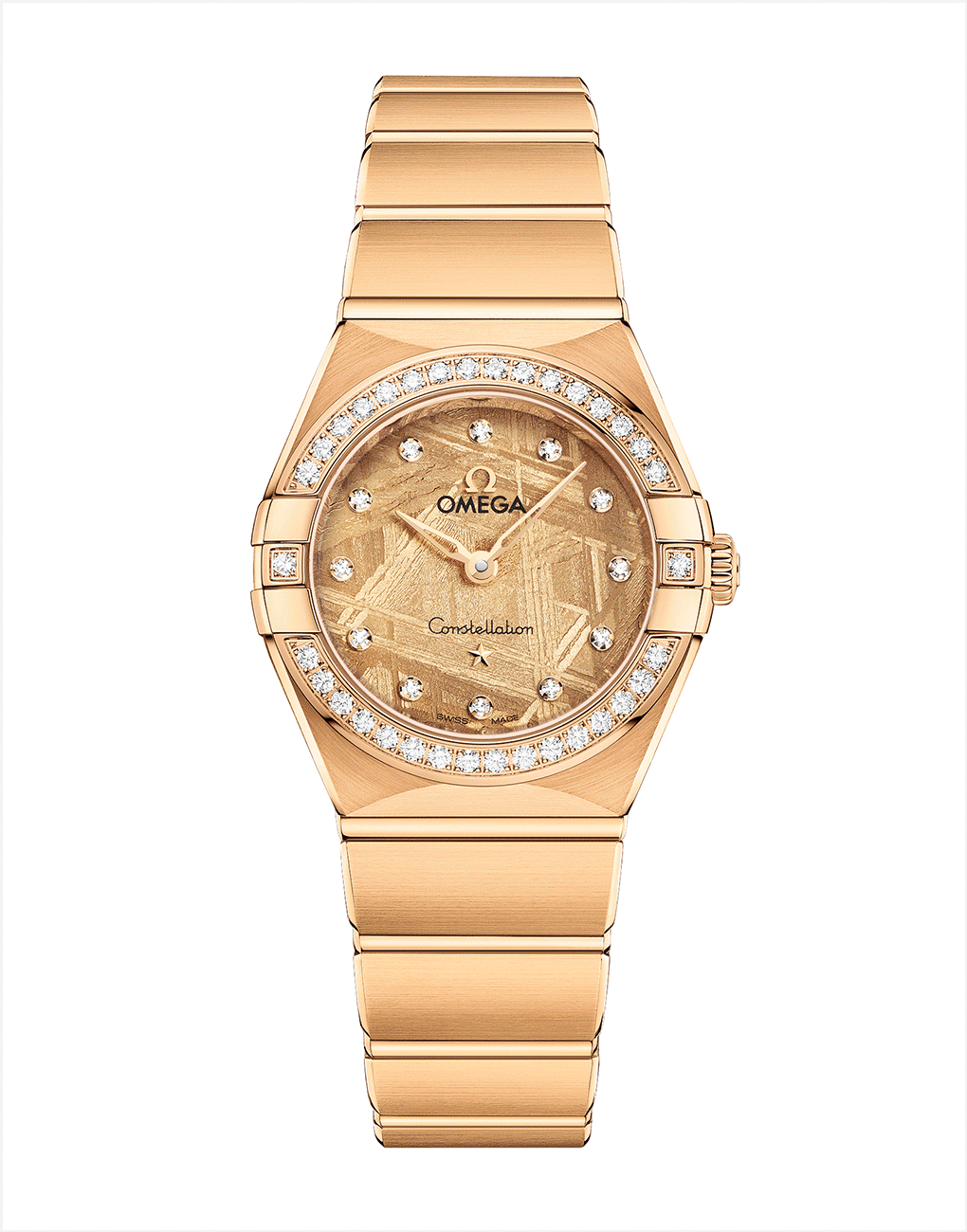
Zenith Chronomaster Sport
A meteorite usually presents a dark, cold exterior. However, with the Chronomaster Sport, featuring an 41mm 18-karat rose gold case and bezel, exudes a warm glow with its peachy, golden dial. The dial is painstakingly hand-finished to reveal the meteorite’s unique Windmanstätten pattern, set with baguette-cut diamond hour markers and applied chronograph counters in shades of grey and blue. Matching this colour palette is date aperture, sitting between four and five o’clock. Matching the colour scheme of the sub-dials, the bezel is embedded with baguette-cut white diamonds, black spinels, and sapphires in blue and grey. The driving force behind the Chronomaster Sport watch is the El Primero 3600. With its high frequency of 5Hz or 36,000vph, the automatic chronograph movement offers a proper 1/10th-of-a-second indication and a 60-hour power reserve.
